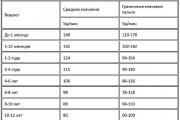Light knitwear cooler - what kind of fabric and what goes
Few people know what kind of fabric it is - cooler. In fact, it is quite common and is found in almost every home. This, in essence, is a light cotton jersey, which has a special weave structure of threads, called a satin stitch. From this material sew children's clothing, light summer clothes and much more.
general characteristics
Knitwear is often associated with synthetics and is even considered harmful. But this is an erroneous opinion - such materials are made from wool, silk or cotton. Elasticity is given by the way the fabric is knitted at the factory.
The cooler (or cooler) is distinguished by a transverse weave of fibers, which allows it to stretch in only one direction - along the width of the product. It is a single layer, very light and breathable material. Knitting is carried out in a looped way. To understand what it is, just remember the common type of hand knitting. The front side of the product has a structure of threads in the form of a herringbone or a pigtail, and the wrong side resembles brickwork or wavy lines.
The usual quality cooler is 100% cotton. However, during production, lycra, elastane or polyester can be included in its composition. This is to increase elasticity and allow the fabric to retain color longer.

Advice! If the content of synthetic substances does not exceed 30%, the material practically does not lose its positive qualities and is considered absolutely safe.
Kulirka can be made from different cotton raw materials, contain only pure cotton or include synthetic additives. The method of coloring the material is also different. Kulirka is classified according to each of the characteristics.
Types by type of yarn (fibers)
There are three main types of culinary surface. They differ in the quality of the resulting material depending on the yarn used:
- Peñe. This is a knitted fabric made of high quality yarn, which is made from long fibers of raw cotton. It is their length that is of particular importance in the production of threads. Thanks to grinding, the yarn for singing is smooth - without defects and villi. The cooler fabric from it is the most wear-resistant, durable, at the same time pleasant to the touch and practically does not wrinkle. They sew summer dresses, cardigans, tunics and other similar clothes “for going out” from a cooler-singing.
- Carde. Threads for such a fabric are made from cotton fibers of shorter length. Their quality is a little lower. The carded material is more susceptible to abrasion, although its strength remains high. Carde is used for the manufacture of children's clothing, nightgowns.
- open end. This fabric is a budget option. The yarn is made from short fibers of raw cotton, as well as from leftovers from the production of penne and carde. The material is easily wrinkled, wears out quickly and loses its appearance when washed. open end often serves as a material for underwear.
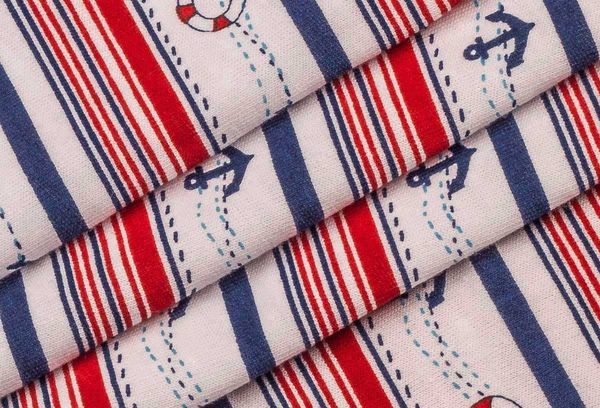
Advice! The price of the fabric will depend on the quality: the most expensive option is a cooler-singing. Although even this variety has a completely democratic cost.
Composition (presence of impurities)
Depending on the presence or absence of materials, in addition to cotton, the following types of coolers are distinguished:
- Classic - contains 100% cotton. It is well breathable and absorbs moisture. Such material does not cause allergies, it is most suitable for clothes for babies.
- With lycra, or stretch cooler stretches more than the classic one, while not losing its shape. Such material is less prone to molting - it retains its original color longer. The fabric shrinks a little when washed.
- With polyester it has greater wear resistance, is not affected by ultraviolet radiation. After washing, it does not stretch or deform - it can be washed normally. The material practically does not wrinkle and does not require special care.
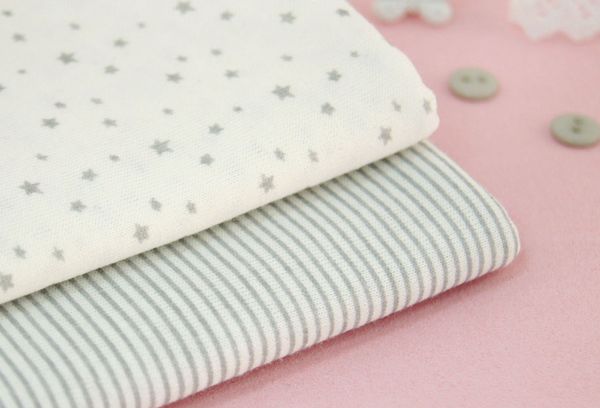
It depends on the presence of synthetics in the composition whether the cooler stretches strongly or not. At the same time, short cotton fibers can fluff, and the pile is easily wound on more elastic synthetic threads - such a fabric is quickly covered with spools. The content of additives should not exceed a third of the composition, and the fibers of natural origin should be smooth and long (penne or carded).
color differences
According to the method of staining, the cooler can be:
- plain-colored - plain;
- melange - from the interweaving of threads of different colors that combine with each other;
- printed - with a pattern applied by thermal printing, silk-screen printing or embroidery.
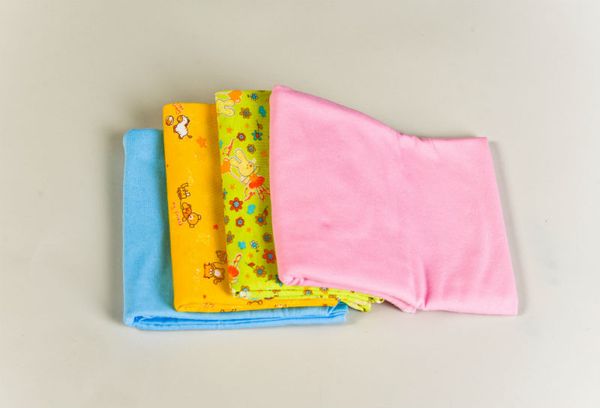
Advantages and disadvantages
Kulirka, in comparison with other materials, has a number of positive qualities:
- Breathability. The way weave and the lightness of the fabric allows it to "breathe". This property is especially important in the manufacture of summer clothes and underwear.
- Hygroscopicity. The material does not retain moisture, so the cooler is often used for sewing sportswear.
- Elasticity. The fabric is not very susceptible to deformation, subject to the rules of washing and ironing. At the same time, it stretches well, adjacent to the body, without restricting movements.
- Strength. Despite the fact that the cooler is thin and light material, it is not so easy to tear or damage it.
- Hypoallergenic. Given that the main component of the material is cotton, allergic reactions to it are almost completely excluded.
- Smoothness. The fabric is very pleasant to the body, pellets do not form on it, it retains its original appearance for a long time.
- Easy to use. Most often, cooler products do not need ironing and are easily washed from dirt.
- Affordability. With all the positive qualities of the material, its cost is within reasonable limits.
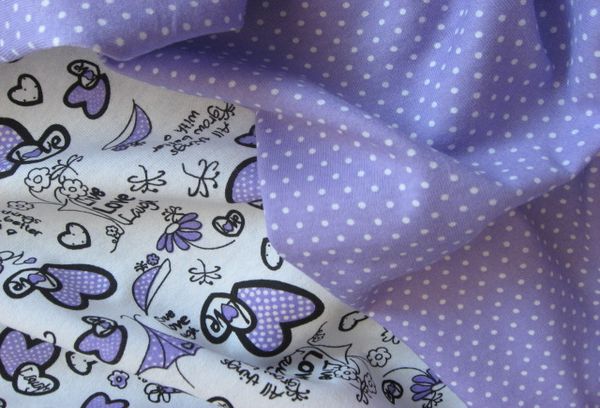
Despite the large number of advantages, it is worth noting some disadvantages of the culinary surface:
- Tissue damage can cause a vertical "arrow" to appear in this area.
- Finishing the edges is difficult due to their curling inwards.
- If there is a need to alter the product from the cooler, you need to remember that holes from previous seams remain in the fabric.
- Kulirka with lycra is subject to strong shrinkage after washing.
Advice! The material is ideal for children's clothing: in comparison with cotton products, coolers are much lighter, and at the same time much softer and more pleasant.
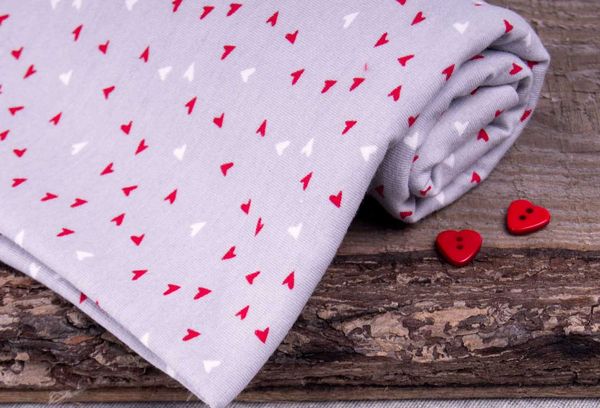
Fabric care
Despite the fact that the cooler is quite unpretentious, in order for the fabric not to lose its original appearance and fade ahead of time, it is necessary to follow some simple care recommendations:
- If this is a finished product, you need to familiarize yourself with the contents of the tag, which should indicate the permissible washing and ironing conditions.
- Unless otherwise stated on the label, the washing temperature should not exceed 40°C.
- It is necessary to wash the material in a delicate mode, wring out at low speeds.
- When hand spinning, try not to twist the fabric too much.
- Kulirka may fade under the influence of sunlight. Therefore, it is not recommended to dry it in the sun - in extreme cases, turn it inside out.
- Usually the fabric does not need to be ironed, but if necessary, this should be done from the wrong side at a temperature not exceeding 110 ° C.
- The cooler perfectly tolerates storage both in the folded state and on a coat hanger.
- The use of aggressive detergents is not recommended. To remove difficult stains, it is better to use stain removers, and then wash the fabric as usual.
Kulirka undoubtedly refutes all the myths about the dangers of knitwear. This fairly unpretentious thin and breathable material is ubiquitous. From it you can sew any things on your own, given the relatively low cost with good quality.







